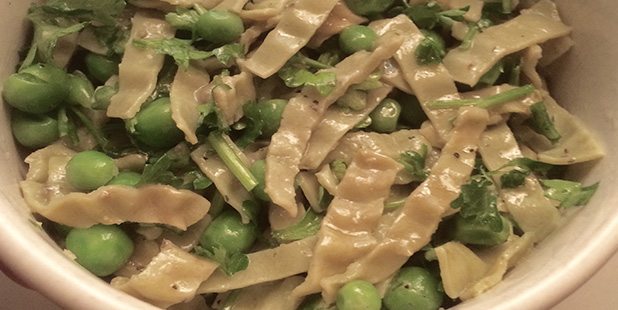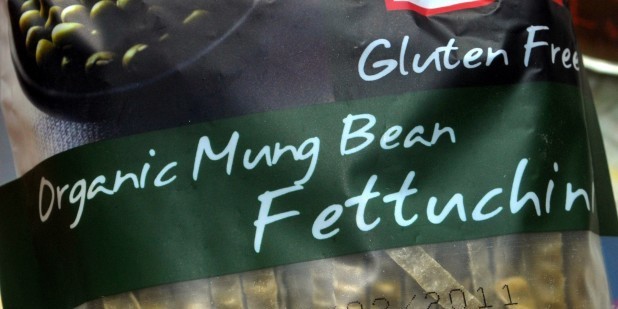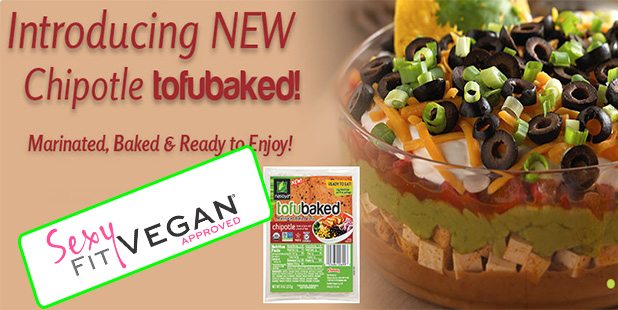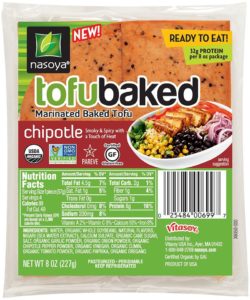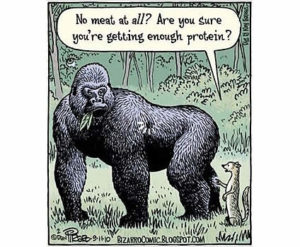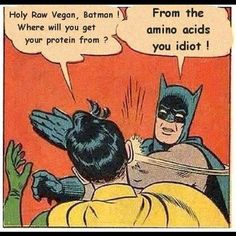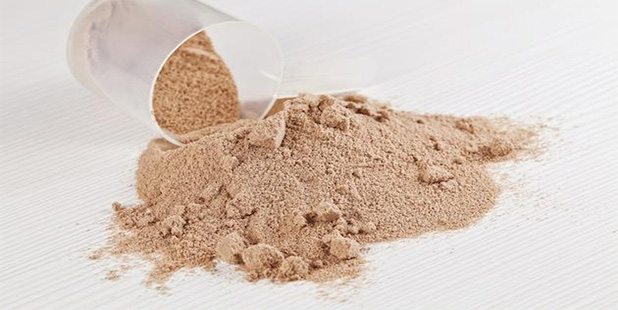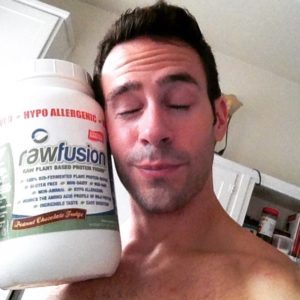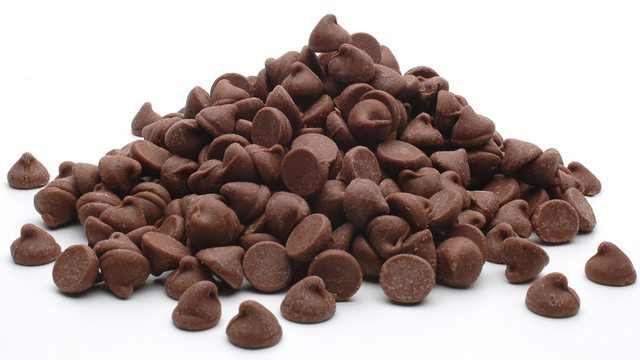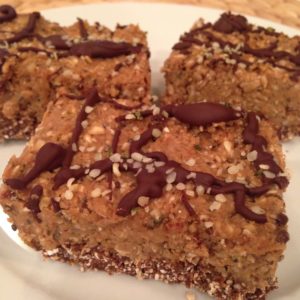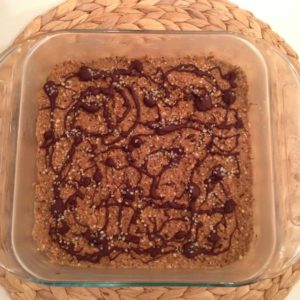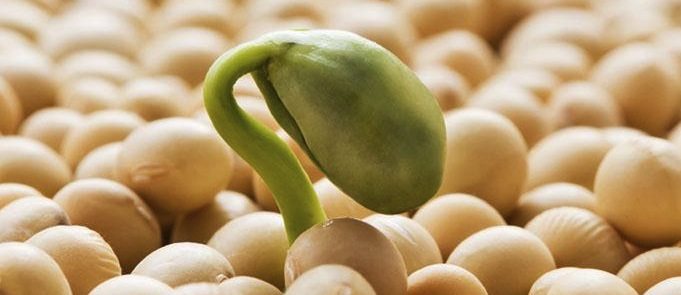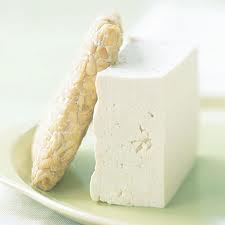Sometimes it works to stick with tradition, but sometimes its more fun to break the rules!
This easy vegan recipe was inspired when I wanted to make tabouli for lunch, but didn’t have any cracked wheat. I improvised and used quinoa, and also decided to add a few other ingredients that you won’t find in traditional tabouli. My experimentation was a success! Eating a vegan diet is not a rigid science, rather there are so many foods that can be added and/or substituted to get what you want out of your meals. This dish is packed with plant-based protein and many other essential nutrients found in raw parsley, kale, spinach and mint. This vegan dish is also gluten free because I used quinoa instead of cracked wheat. Tabouli On Fleek can be made ahead of time for a quick lunch on-the-go, or paired with falafel and hummus to make a delicious Mediterranean Buddha bowl! You can check out Minimalist Baker for the collard greens falafel recipe that I used to go with my tabouli, and I also whipped up some roasted red pepper hummus. Go on wit yo bad self and break some (recipe) rules!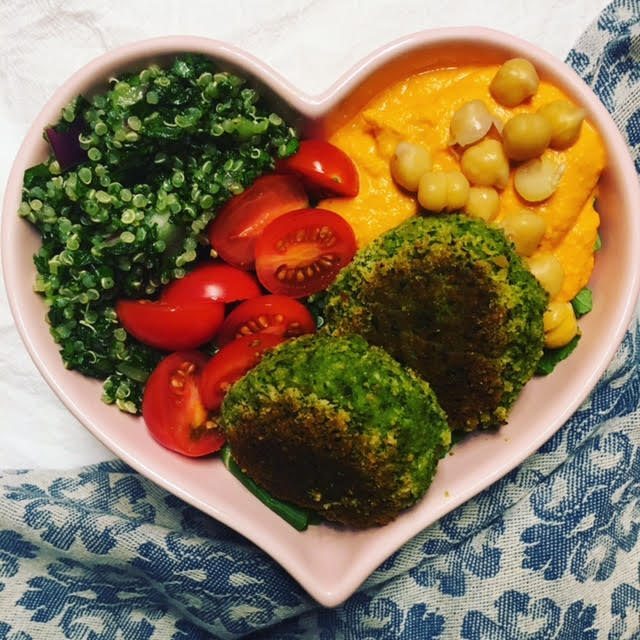
Tabouli On Fleek
Ingredients
- 1 1/3 cups cooked quinoa
- 1 cup finely chopped baby kale
- 1/2 cup finely chopped baby spinach
- 3 bunches on flat leaf parsley finely chopped
- One small recipe sized pack of mint, finely chopped (*In the summer when mint is abundant, I will use a lot more chopped mint!)
- 1/2 medium sized red onion finely diced
- 1 tsp garlic powder (You could totally mince a few garlic cloves, if you prefer!)
- Juice of one lemon
- 2 tablespoons apple cider vinegar
- 1/4 cup olive oil
- Salt and pepper to taste
Add all of the ingredients to a bowl and mix together!
Enjoy!
Danielle


